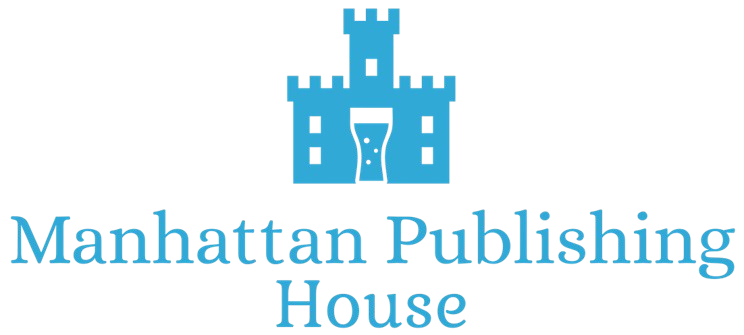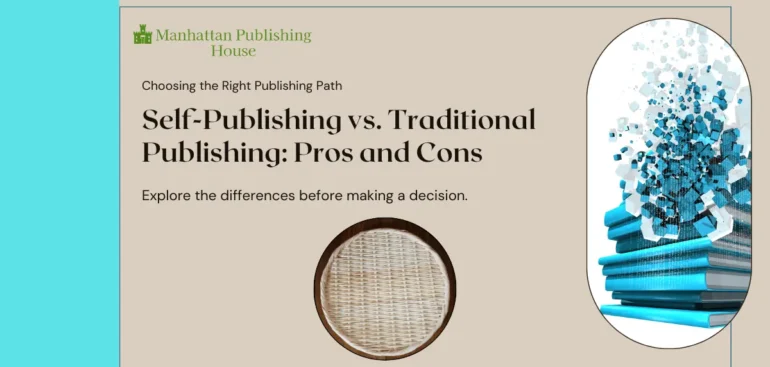In 2024, many authors face a crucial decision: self-publishing or traditional publishing. Each option has unique benefits and drawbacks. Understanding these differences helps authors make informed decisions about their publishing journey.
Advantages of Self-Publishing
Self-publishing offers complete creative control. Authors can make all decisions about content, cover design, and marketing strategies. This freedom allows for a more personal touch, reflecting the author’s true vision.
Self-publishing also provides faster time to market. Authors can publish their work as soon as it’s ready, bypassing the lengthy traditional publishing process. This speed allows for quicker audience engagement and timely topic relevance.
Drawbacks of Self-Publishing
On the other hand, self-publishing requires significant upfront investment. Authors must cover all costs, including editing, cover design, and marketing. These expenses can add up quickly, creating a financial burden for some writers.
Moreover, self-publishing demands extensive marketing efforts. Authors need to promote their books independently, which can be time-consuming and challenging. Without a publisher’s support, reaching a wide audience becomes more difficult.
Quality control can be another issue with self-publishing. Without professional editors, self-published books may have more errors and lower production quality. This lack of polish can impact a book’s reception and sales.
Advantages of Traditional Publishing
Traditional publishing offers the advantage of established industry connections. Publishers provide access to professional editors, designers, and marketing teams. This support enhances a book’s quality and reach.
Additionally, traditional publishing requires no upfront costs. Publishers handle the financial aspects, allowing authors to focus solely on writing. This support can relieve financial stress, especially for new authors.
Traditional publishers also offer greater distribution capabilities. Their established networks ensure books reach bookstores, libraries, and international markets. This broad distribution increases a book’s visibility and sales potential.
Drawbacks of Traditional Publishing
However, traditional publishing often involves a lengthy process. From submission to publication, the timeline can extend over a year. This delay can be frustrating for authors eager to share their work.
Moreover, traditional publishing offers lower royalty rates. Publishers take a significant portion of sales, reducing the author’s earnings. This financial model may not appeal to those seeking higher profits.
Lastly, traditional publishing limits creative control. Publishers have the final say on edits, cover design, and marketing strategies. This lack of control can be disheartening for authors with a strong vision for their work.
Conclusion
In conclusion, choosing between self-publishing and traditional publishing in 2024 depends on personal priorities and resources. Self-publishing offers control, higher royalties, and speed but requires investment and marketing efforts. Traditional publishing provides professional support, no upfront costs, and wide distribution but involves delays, lower royalties, and less control. By weighing these pros and cons, authors can make the best decision for their publishing journey.



